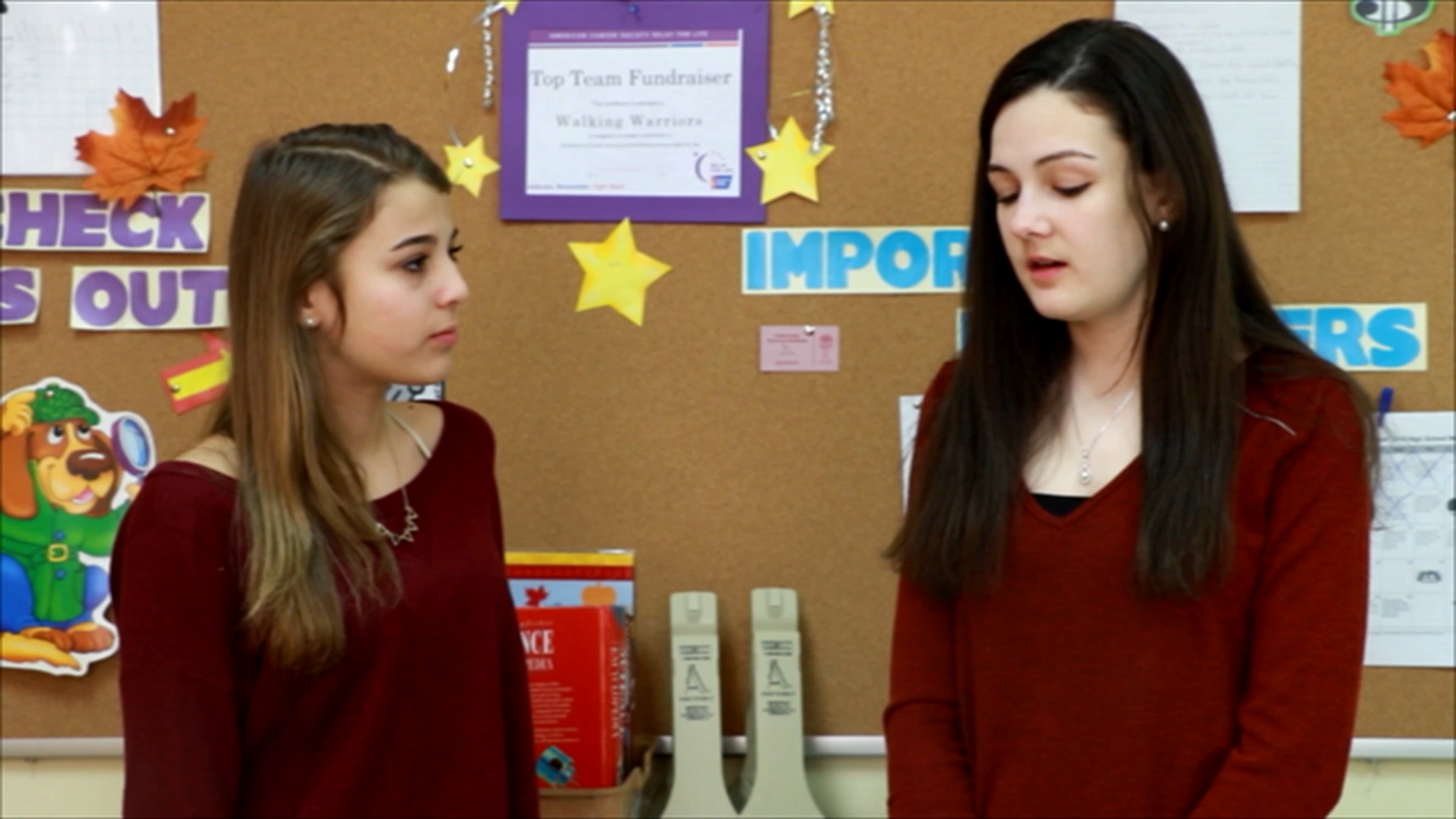
Introduction
As educators, one of our most important tasks is helping young students develop their social-emotional skills. One such skill is recognizing and expressing emotions through tone of voice. This blog post will provide an overview of how to teach kindergarten students to identify and express their feelings using tone of voice, present a no-prep activity, offer discussion questions, mention related skills, and encourage you to explore free sample materials at Everyday Speech.
No-Prep Activity: Emotion Charades
To help kindergarten students understand the connection between emotions and tone of voice, try this simple, no-prep activity called “Emotion Charades.” Here’s how it works:
- Ask the students to sit in a circle.
- Explain that you will be playing a game to practice using different tones of voice to express emotions.
- Choose one student to start. Whisper an emotion (e.g., happy, sad, angry, excited) into their ear.
- The chosen student must use their tone of voice to convey the emotion while saying a simple phrase, such as “I can’t go to the party.” The other students must guess the emotion based on the tone of voice.
- Once the emotion has been guessed correctly, choose another student and repeat the process.
This activity not only helps students recognize the connection between tone of voice and emotions but also encourages them to practice expressing their feelings in a safe and supportive environment.
Discussion Questions
After completing the “Emotion Charades” activity, use these discussion questions to further explore the topic and stimulate conversation among students:
- How does our tone of voice change when we feel different emotions?
- Why is it important to express our emotions through our tone of voice?
- Can you think of a time when you used your tone of voice to express your feelings? How did it help you communicate?
- How can we become better at recognizing different emotions in the voices of others?
Related Skills
Besides tone of voice, there are several other social-emotional skills that are important for kindergarten students to develop. Some of these include:
- Recognizing facial expressions and body language
- Using appropriate greetings and farewells
- Listening actively and showing empathy
- Resolving conflicts and problem-solving
By teaching these related skills, educators can help create a well-rounded social-emotional learning experience for their students.
Next Steps
Now that you have an understanding of how to teach kindergarten students to express emotions through tone of voice and have tried the “Emotion Charades” activity, we encourage you to explore more resources and activities to support your students’ social-emotional learning journey. Sign up for free sample materials at Everyday Speech to access a variety of engaging, easy-to-use activities and resources to further develop your students’ social-emotional skills.

